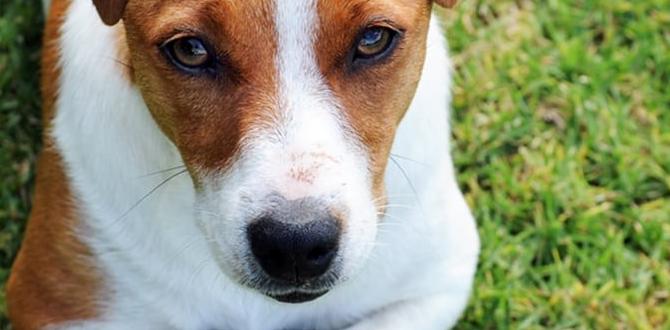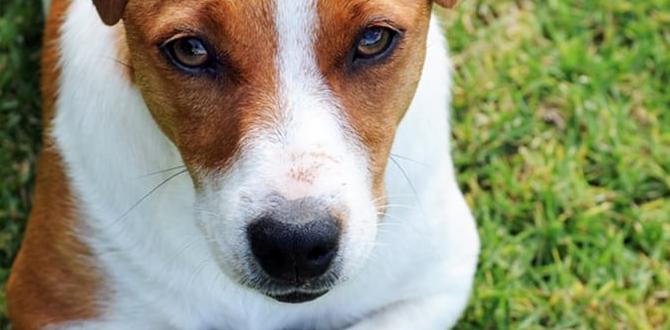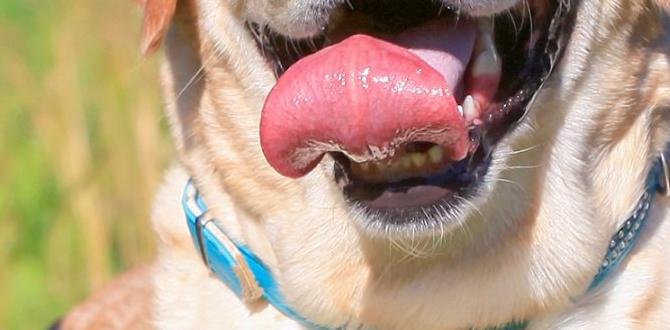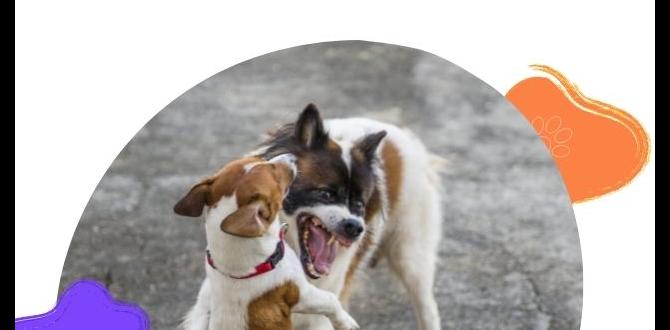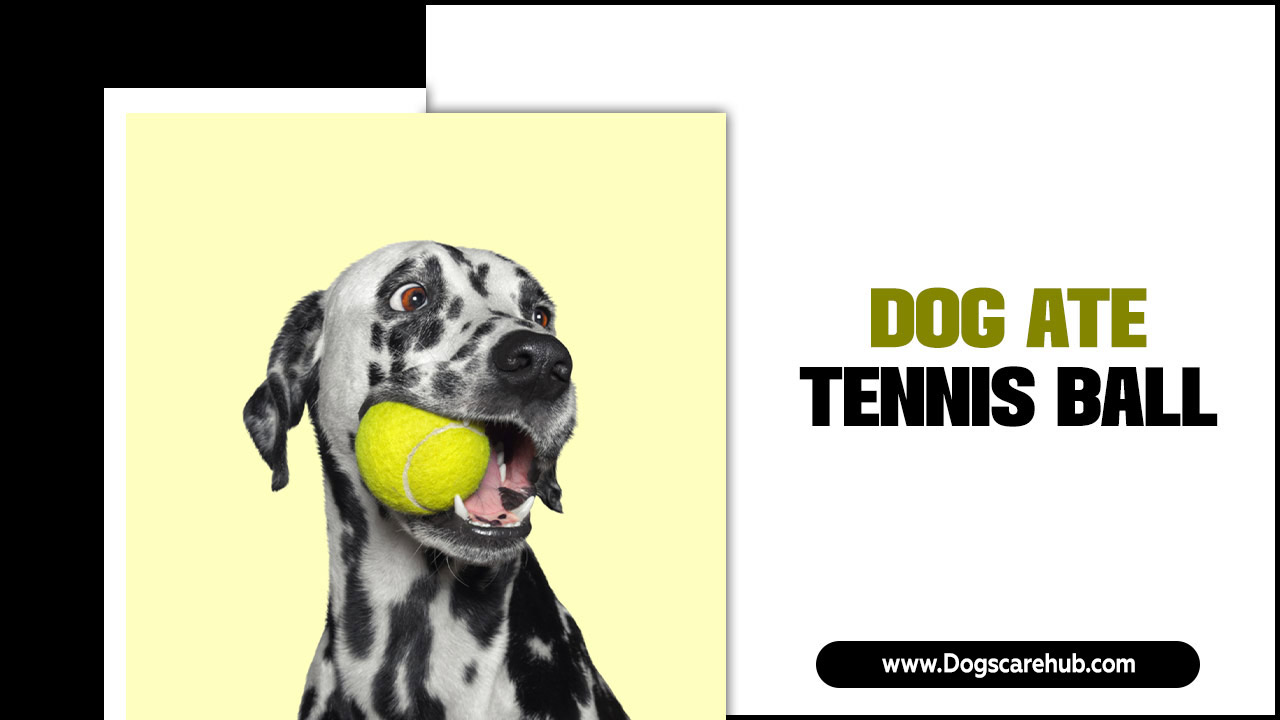Imagine you and your family are on a lovely walk in the park. Suddenly, a stranger approaches, and your dog starts growling. You pause, wondering why. Is your dog scared or just protective? Growling at strangers is a common behavior in dogs. It can mean many things, from fear to territorial instincts.
Did you know that some dogs growl because they want to warn you? They might see the stranger as a threat. It’s their way of saying, “I’m not sure about this person!” Understanding your dog’s growls can help you keep everyone safe. But what should you do when your furry friend sounds the alarm?
In this article, we will explore why dogs growl at strangers. We will discuss the reasons behind this behavior and ways to manage it. So, let’s dive in and discover more about our canine companions and their growling habits!
Understanding Dog Growling At Strangers: Signs And Solutions
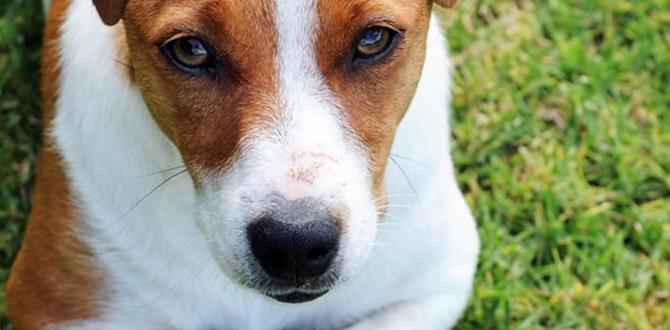
Understanding Dog Growling at Strangers
Dog growling at strangers can seem scary, but it often means your pet is protecting you. Growling is a form of communication. Dogs might feel threatened or anxious when they see someone unfamiliar. It’s their way of saying, “Stay back!” Did you know that some breeds are more prone to this behavior? Understanding your dog’s body language can help you manage their reactions. When a dog growls, it’s time to assess the situation and decide how to keep everyone safe.What Does Dog Growling Mean?
Explanation of growling as a form of communication. Differentiating between playful and aggressive growling.Growling is your dog’s way of chatting! It’s like saying, “Hey, I see you!” or “Back off, buddy!” Dogs use growling to communicate their feelings. Not all growls are scary; some can be playful. Think of it as a doggy game of tag!
| Type of Growl | Description |
|---|---|
| Playful Growl | Short and swift. Your dog might wag their tail or bounce around. |
| Aggressive Growl | Deep and steady. Usually paired with stiff body language. |
Understanding these signals is like speaking dog! Always watch your furry friend’s body language. It can tell you if they are just having fun or feeling a bit grumpy. So, next time you hear that low growl, don’t panic; they might just be sharing their thoughts!
Common Reasons Dogs Growl at Strangers
Fear and anxiety responses. Territorial protective behavior.Dogs may growl at strangers for different reasons. It often comes from fear and anxiety. When a dog feels scared, it may growl to warn others to stay away. This behavior helps them feel safer. Another reason is their territorial protective behavior. Dogs want to protect their home and family. They sense a stranger as a threat and growl to alert everyone. Understanding these reasons can help dog owners respond better.
Why do dogs growl?
Dogs growl for various reasons. The main ones are:
- Fear: A scared dog may growl to show they feel threatened.
- Territory: Some dogs guard their space and growl at newcomers.
Factors Influencing a Dog’s Growling Behavior
Breed tendencies and genetic predispositions. Past experiences and socialization history.Many factors can affect a dog’s growling behavior, especially when they see strangers. First, some breeds are more likely to growl due to their genetic traits. For example, guard dogs are known for being protective. Also, a dog’s past experiences play a big role. If they had negative encounters with strangers, they might growl out of fear. Socialization is important too; dogs that meet many people tend to be friendlier.
What makes some dogs growl more than others?
Breed and past experiences shape a dog’s growling habit. Dogs that haven’t met many people might feel scared, causing them to growl. More social dogs usually don’t growl as much. Each dog’s history matters a lot!
- Breed tendencies: Some breeds are naturally protective.
- Past social interactions: Bad experiences can lead to growling.
- Current environment: Stressful places may increase growling.
Identifying the Context of Growling
Evaluating the situation: environment and presence of strangers. Assessing the dog’s body language and behavior indicators.Understanding why a dog growls at strangers is key. First, look around! The environment plays a big role. Is it busy? Are there unusual noises? Next, focus on the dog. Watch for signs in their body language. Are they tense or wagging their tail? A dog may growl to say, “Stay away!” or “I’m scared!” It’s like their version of saying, “Not today, buddy!” Here’s a quick guide:
| Body Language | Meaning |
|---|---|
| Ears back | Fear or insecurity |
| Tensed body | Warning |
| Wagging tail | Excitement or happiness |
Pay attention! Knowing these signs helps keep everyone safe, especially those unfamiliar faces.
How to Address Dog Growling at Strangers
Steps for positive reinforcement training techniques. Importance of desensitization and socialization exercises.Training your dog requires patience and consistency. To help with growling at strangers, use positive reinforcement. Reward your dog for calm behavior with treats or praise. This builds trust and encourages good actions. Desensitizing your pup is also vital. Expose them to different people in safe settings.
Socialization exercises help dogs feel comfortable. Take them to parks or gatherings. Let them meet friendly dogs or people. Gradually, they will become more relaxed around strangers. Follow these steps for a happier, well-behaved dog.
- Start with positive reinforcement.
- Expose your dog to strangers gradually.
- Reward calm behavior.
- Practice in different settings.
Why is positive reinforcement important?
Positive reinforcement builds confidence and encourages good behavior. Dogs learn best when they are rewarded. This makes training fun and effective.
What are desensitization and socialization?
Desensitization is gradually introducing your dog to new experiences. Socialization helps dogs interact well with others. Both techniques are essential for a friendly dog.
When to Seek Professional Help
Signs that indicate a more serious behavioral issue. Types of professionals that can assist (trainers, behaviorists).Sometimes, a dog’s growling at strangers can mean more than just fear. Look for signs like aggression or extreme anxiety. If your dog growls often or shows other troubling behaviors, it may be time to seek help.
Professionals can guide you:
- Trainers teach basic commands and good behavior.
- Behaviorists focus on fixing serious issues.
Getting advice early can help your dog feel safe. You want them happy around people!
When is it time to get help?
If your dog growls often, it’s best to talk to a professional. Signs like biting, hiding, or excessive barking can mean they need extra support.
Preventative Measures to Reduce Growling Behavior
Socialization strategies for puppies and adult dogs. Creating safe spaces for dogs to feel secure.Teaching dogs to greet strangers calmly starts with socialization. Begin with puppies by exposing them to various people, sounds, and places. This creates confident canines who see the world as a friendly place. For adult dogs, gentle introductions with treats can help. Also, create safe spaces at home where your dog can retreat when they feel anxious. A cozy bed or a quiet corner works wonders. Remember, a happy dog is less likely to growl, and it’s always good to keep treats handy to turn potential trouble into tasty fun!
| Age Group | Socialization Tip |
|---|---|
| Puppies | Expose to different people and places |
| Adult Dogs | Use treats for gentle introductions |
Frequently Asked Questions about Dog Growling
Common misconceptions about growling. Tips for dog owners to manage growling effectively.Many people believe that dog growling is always a sign of aggression. That’s not true! Growling can mean different things, like fear or warning. Dog owners should understand this.
To handle growling, keep calm. Yelling won’t help! Instead, try these tips: 1. Observe your dog’s behavior. Are they scared or protective? 2. Use positive reinforcement. Reward good behavior with treats! 3. Teach commands. Simple commands can distract your pup from growling.
Here’s a quick table for easier understanding:
| Misconception | Tip |
|---|---|
| All growling is bad | Understand its meaning |
| Yelling stops growling | Stay calm and redirect |
| My dog won’t stop | Consistent training helps |
Remember, growling can be a dog’s way of chatting! Keep the conversation going in a positive way, and you both will enjoy a happier relationship.
Conclusion
In conclusion, when a dog growls at strangers, it often signals fear, protection, or discomfort. It’s crucial to understand your pet’s signals and respect their feelings. You can help your dog feel safe around new people through training and socialization. For more tips, consider reading articles about dog behavior. Remember, patience and understanding go a long way!FAQs
What Are Some Common Reasons Why A Dog May Growl At Strangers?Dogs may growl at strangers for a few reasons. First, they might feel scared and want to protect themselves. Second, they could be trying to keep their home and family safe. Sometimes, dogs just don’t know the person and feel unsure. Lastly, a dog may growl if they are not used to being around new people.
How Can I Effectively Train My Dog To Reduce Growling At Unfamiliar People?To help your dog stop growling at new people, start with basic commands like “sit” and “stay.” When someone new comes over, have your dog sit and give them treats. This shows your dog that new people can mean good things. Always stay calm and praise your dog when they behave well. Over time, your dog will learn to be less worried around unfamiliar people.
What Should I Do If My Dog Begins To Growl At Someone During A Walk?If your dog growls at someone during a walk, stay calm and hold the leash tightly. Don’t pull your dog away quickly—this can make it worse. Instead, calmly guide your dog to another direction. You can also try to distract your dog with a treat or toy. If this keeps happening, it might be good to ask a dog trainer for help.
Are Certain Dog Breeds More Prone To Growling At Strangers Than Others?Yes, some dog breeds tend to growl at strangers more than others. Breeds like German Shepherds and Rottweilers can be more protective. They often bark or growl to warn you. However, any dog can learn to be friendly if trained well. It all depends on how we raise and train them.
How Can Body Language And Behavior Of The Stranger Influence A Dog’S Growling Response?When a stranger comes near, their body language matters a lot. If they stand tall or make quick movements, your dog might feel scared. This can make your dog growl to warn the stranger to back off. If the stranger is calm and moves slowly, your dog might feel safe and relaxed. So, how a stranger acts can really change how your dog reacts.
Meet Elyse Colburn, the devoted canine companion and storyteller behind the enchanting world of “Tales, Tails, and Adventures Unleashed.” A passionate dog enthusiast with a heart full of paw prints, Elyse Colburn shares heartwarming tales and insightful adventures, celebrating the joy, loyalty, and endless antics that make every dog a true hero. Join Elyse Colburn on this tail-wagging journey, where every post is a love letter to our four-legged friends.


